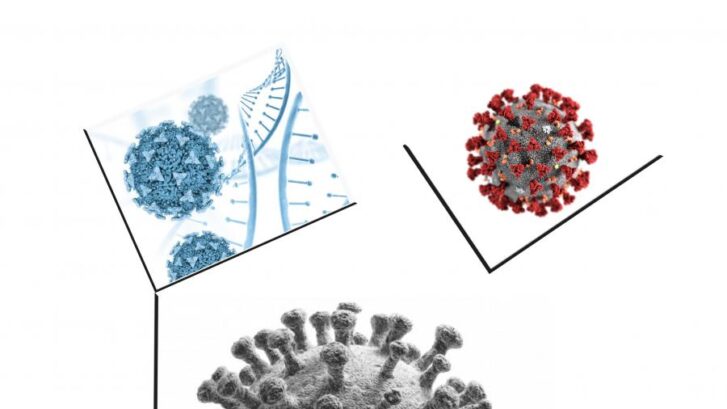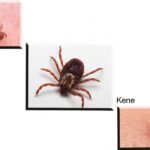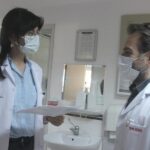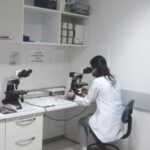The 60-year-old ID came to the Medical Faculty Hospital of the Karadeniz Technical University (KTU) Farabi with complaints of fever, weakness and shortness of breath. The patient named Covid-19 and Crimean Congo Hemorrhagic Fever (CCHF) was diagnosed, treated and discharged.
Experts stated that the coexistence of Covid-19 and CCHF diseases is a very rare situation in our country, while such cases will gradually take their place in the literature.
Comment on the subject Technical University Karadeniz (KTU) Medical Faculty Head of the Department of Infectious Diseases and Clinical Microbiology Prof. DR. Selcuk Kaya, said that with the emergence of tick cases, they are now carefully examining the patients who come to their service thinking they could have both CCHF and Covid-1
9 cases as they show similar symptoms.
“THE KKKA IN THE REGION COMES TO US BY SLOWLY INCREASING ITS FREQUENCY”
As a result of these careful examinations, the 60-year-old ID came to them 10 days ago with complaints of fever, weakness and shortness of breath. Noting that they have diagnosed both Covid-19 and Crimean Congo Hemorrhagic Fever (CCHF), Prof. DR. Selçuk Kaya said, “We are experiencing a very serious period of pandemic worldwide. We see very serious consequences in our country of this virus which has caused the death of many people. But of course infectious diseases, which we call many other endemics that we are used to seeing frequently in our country and region, also retain their significance. As a result, the diseases did not stop. Especially at the beginning of the summer months, people went to open areas and met us, which gradually increased the incidence of CCHF in the area due to the increased contact with nature. In this context, we have admitted a patient aged 60 with a preliminary diagnosis of Covid-19 to the Covid service. The patient came to us with a fever, weakness and some breathing problems. As we are an endemic region, we always think of the cases of Crimean-Congo Hemorrhagic Fever, especially those that come from the high parts of Gümüşhane, Bayburt and Giresun. Based on the positive CCHF tests in the tests we carried out for this purpose, we diagnosed the case as both a Covid and CCHF infection case and carried out treatments. First we planned treatments related to Covid, then we put the appropriate supportive treatments on the agenda after the positive CCHF test. After a treatment period of approx. 10 days, the patient gradually recovered from his blood count and general clinical picture and, luckily, was successfully treated and discharged in our service without intensive medical care and support such as dialysis.
“I CANNOT SAY IT WAS A SURPRISE, IT IS IMPORTANT THAT IT WAS DIAGNOSTED”
Kaya said such cases are rare, Kaya said: “It is no surprise to see Covid-19 patients during the pandemic and due to increasing tick contact with the warming weather, our region is one of the places where tick cases are occurring are most common. Hence, we need to keep an eye on the cases that come from risky locations in the eastern Black Sea region. Actually, I can’t say it was a surprise. It is important that it be diagnosed. Because if we hadn’t labeled these cases as Covid cases during the pandemic we were going through and carefully examined them for other CCHF and other diseases, it could have been overlooked. In Turkey, such cases are both theoretically and practically possible. I haven’t heard such a thing outright, but; I think that in these and similar cases we also found something positive in our 50-year-old patient. Here, too, the focus is on fever and malaise. The general clinical picture is encouraging. We’ll look into their tests in more detail. The arrival of these and similar cases may gradually take their place in the literature. At the moment we can say that these are rare cases, “he said.








